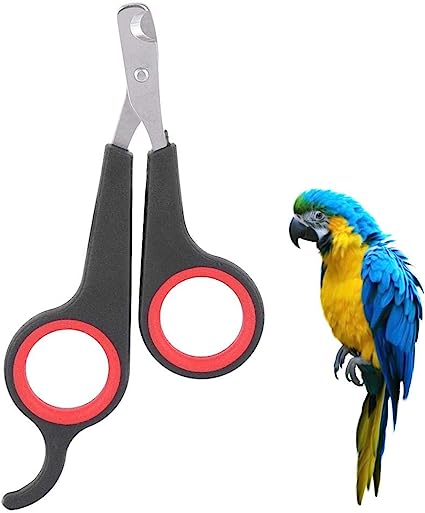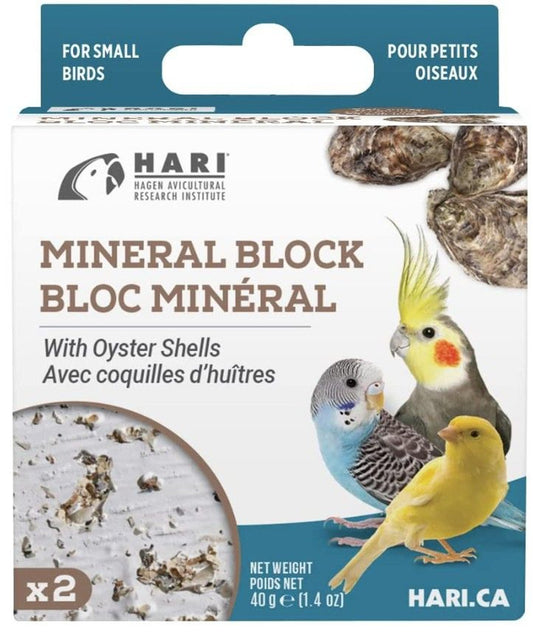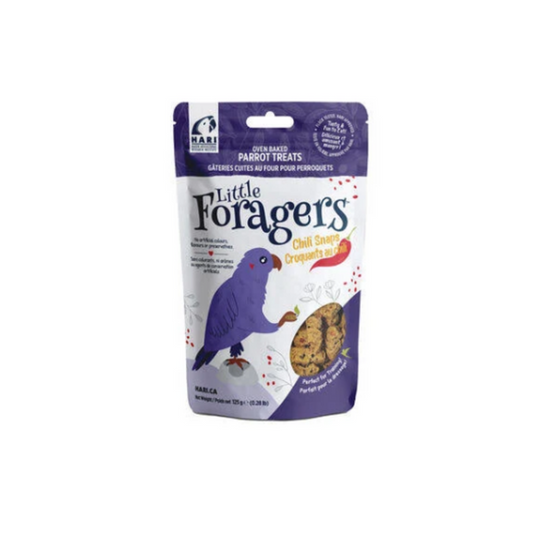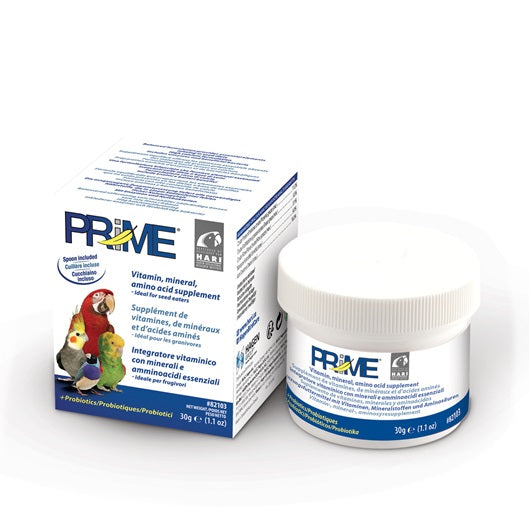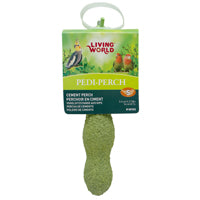
Sun conures, scientifically known as Aratinga solstitialis, are a vibrant and captivating species of parrots that are cherished by avian enthusiasts worldwide. Their striking plumage, cheerful personalities, and charming behavior make them stand out among the colorful array of parrot species. Sun conures can be very vocal and loud. They are though a very cuddly species. They require a large enclosure due to their size and activity level.
General Description: Sun conures are known for their eye-catching appearance, characterized by brilliant hues of yellow, orange, and red. These medium-sized parrots boast a distinct yellow-orange head, green wings, and a blend of orange and yellow feathers on their body and tail. Their expressive eyes and gentle nature add to their overall appeal, making them sought-after pets.
Life Span: With proper care and attention, sun conures can live for around 20 to 30 years in captivity. Their lifespan can vary based on factors such as diet, living conditions, and overall health care.
Natural Habitat: Sun conures are native to South America, specifically found in regions spanning from northern Venezuela to eastern Panama. They inhabit tropical forests, savannas, and woodland areas where they can find a variety of fruits, seeds, and vegetation to feed on.

Average Size: When fully grown, sun conures typically measure around 12 inches (30 cm) in length, including their tail.
Enclosure Size: To ensure the well-being of sun conures, a spacious cage is essential. A suitable enclosure size for a single bird should have dimensions of at least 24 inches in width, depth, and height. Horizontal space is particularly important to accommodate their playful nature and ability to move around.
Temperature and Humidity Requirements: Sun conures thrive in temperatures ranging from 65°F to 85°F (18°C to 29°C). While they can tolerate a moderate range of humidity levels, it's important to provide adequate ventilation to prevent excessive moisture buildup.
Substrate and Bedding: Line the cage floor with appropriate bedding materials such as paper-based or natural bedding. This helps maintain cleanliness and allows for easy cleaning.
Toxic Substances: Sun conures are sensitive to several toxic substances commonly found in households, including:
- Non-stick cookware: The fumes produced by overheated non-stick pans can be harmful.
- Avocado: Avocado and its pit contain a toxin called persin, which is dangerous for birds.
- Chocolate: The theobromine in chocolate is toxic to many pets, including sun conures.
- Alcohol and caffeine: These substances are harmful and should be kept away from your pet bird.
-
Also avoid essential oils or aerosol sprays/household cleaners containing chemicals and harsh scents. Candles and scented candles or wax melts should be avoided.

Fun Facts:
- Sun conures are known for their loud and enthusiastic calls, often expressing their emotions through various vocalizations.
- These parrots are highly social and enjoy spending time with their human companions. They thrive on interaction and mental stimulation.
- Sun conures are monogamous birds, often forming strong bonds with their chosen mates.
- They are skilled climbers and enjoy exploring their environment using their beaks and feet.
- Sun conures have a tendency to "blush" when excited or agitated, with their feathers taking on a deeper shade of red or orange.
Sun conures are more than just visually stunning parrots; they bring vibrancy and joy into the lives of those who choose to share their homes with these feathered companions. Providing appropriate care, attention, and a suitable environment ensures that sun conures can lead long, healthy, and engaging lives as beloved members of the family.


